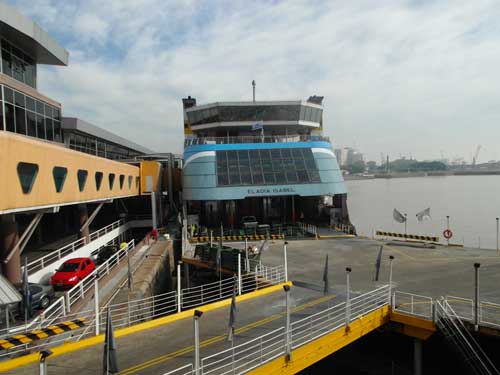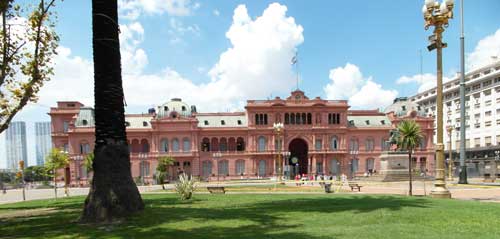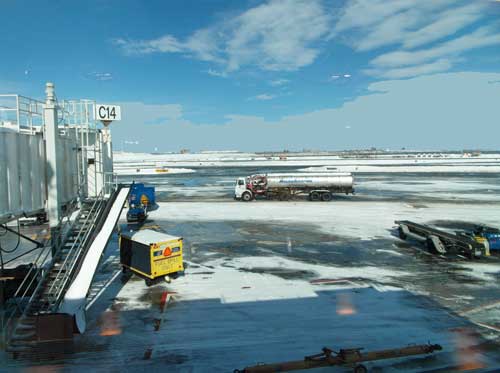httpv://youtu.be/pZ-jeqN0KCI
By Judy J. Pinegar
I had planned our stay at a Hospedaja (rooms behind a private house rented by the night) and I had taken one without meals because we were so used to having food ALL around in towns, but this was not a town in that sense… as you will see…
But the place was very nice, clean rooms with beautiful peaceful grounds and the lady suggested we sleep until later in the day, as it was so hot, and that was a welcome suggestion! At 7 PM, with it beginning to be dusk, we struck out for what looked like, on the map, several restaurants, a few blocks away. But as John has now repeated several times to my chagrin, “in this town each block is a mile” and, so it was, not to mention ALL the roads were dirt, sand actually, which at least did not raise much dust when motorcycles (mostly) drove by. So with the help of some local girls we found a restaurant after about 6 of these blocks. Very good food, and inexpensive too. Nobody else in the room the entire hour although we could see they were preparing for the 10 PM “rush”, But by then we were back in bed as the next morning we had requested a boat tour of the Estos del Ibera wetlands and lake with a 7 AM start.
For those who don’t know (and we didn’t either until this trip to Argentina, and we have been here four times!) Estos del Ibera is a huge nature preserve around several large lakes, marshes, and the associated wetlands, 800 square miles of protected wetlands. Here, about 80 inches of rain fall a year, and most of it is just expired by the plants of the wetlands, there is only one small river leaving the area. Within the protected area there are 60 lakes from three to nine feet deep. The lake we were on, Ibera, has TONS of floating islands of vegetative greenery which support a whole (endangered) ecosystem of plants, mammals, insects, birds (over 300 species), and reptiles; the town of Carlos Pelegrini is basically a peninsula, with a VERY high water table.
You can see John’s pictures for some of the creatures, although we did not see all that were in books on the subject as it was only a 2 1/2 hour trip. Some of our favorites were the Capybara, a mammal, and the largest known rodent in the world, which average 80 pounds when full grown! Also the Cayman, like an alligator, only smaller, of which there were tons in the wetlands and water (they eat mostly fish), and their numbers are high because after they are adults they have no natural predators.
A very common bird was the Southern Screamer (quite black with neck stripes and a little white), we also saw the White Headed Marsh Tyrant (the rest of her body is black) and her nest in a small bush, Egrets, Kingfishers and Cormorants. I saw a Strange Tailed Tyrant (see http://en.wikipedia.org/wiki/Strange-tailed_Tyrant) but John didn’t get a picture. We also saw a marsh deer but it was too far away for a picture (http://en.wikipedia.org/wiki/Marsh_deer). Anyway it was a wonderful experience and I can see this area becoming great for tourist traffic once they put in a few roads and a transportation system.
View Larger Map
For all your real estate neeeds
Call or email:
John J. O’Dell Realtor® GRI
Civil Engineer
General Contractor
(530) 263-1091
Email jodell@nevadacounty.com
DRE# 00669941
















